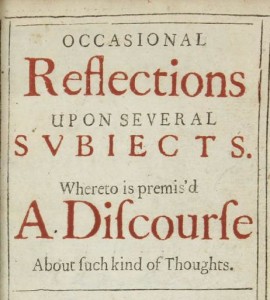 Good Old-fashioned Print: IPRax and RabelsZ
Good Old-fashioned Print: IPRax and RabelsZ
The first issue of this year’s IPRax is now out, and English-language abstracts can be found over at Conflict of Laws. The same is true for RabelsZ: Issue 1/2021 is available online, with abstracts on Conflict of Laws. The focus of RabelsZ is on private international law, whereas IPRax does have a couple of procedural articles on post-Brexit judicial cooperation, on cum-ex jurisdiction as well as on the Lugano Convention and the Brussels Regulation.
Brexit and the Hague Conventions
On 1 January 2021, the United Kingdom’s new instrument of accession to the 2005 Choice of Court Convention and of ratification of the 2007 Child Support Convention entered into force. As a result of it being a EU member state, the UK had since 2015 been bound by the Choice of Court Convention, and by the Child Support Convention since 2014. To ensure continued application after Brexit, the United Kingdom deposited these new instruments with Ministry of Foreign Affairs of the Kingdom of the Netherlands on 28 September 2020.
Some uncertainty remains regarding the application of the Choice of Court Convention to choice of court agreements concluded before 1 January 2021, or whether there has been an interruption following Brexit on 31 January 2020. The UK’s position is set out in its declaration:
“Whilst acknowledging that the Instrument of Accession takes effect at 00:00 CET on 1 January 2021, the United Kingdom considers that the 2005 Hague Convention entered into force for the United Kingdom on 1 October 2015 and that the United Kingdom is a Contracting State without interruption from that date.”
Last Restitution of Artwork in the Gurlitt Saga
We have covered the Gurlitt saga here from its beginning. Things got rather quiet, when the wave of publicity waned. From a legal perspective, it remains disappointing that German lawmakers have not been able to use the momentum created by the Gurlitt “art find” to come up with a Restitution Act. A proposal to modify the limitation regime was hastily put forward by the then Bavarian minister of justice, but never followed through. This month, the announcement came that the last identified piece of looted art had been restituted. A Carl Spitzweg drawing was given back to the heirs of Henri Hinrichsen, who was murdered in Auschwitz. According to the Federal Government’s press release, “all 14 works identified in connection with the [Gurlitt] art find as having been seized due to Nazi persecution have since been restituted.”
Legal History and the Law School Curriculum
“Murdered in Auschwitz” directly links to the final topic in this review: Christine Lambrecht, the Federal Minister of Justice, announced in an OpEd in Frankfurter Allgemeine Zeitung that the German Judiciary Act (Deutsches Richtergesetz), which defines the legal framework for legal education in Germany, will be amended to require the standard topics to be taught “in the context of examining Nazi injustice”. As I mentioned before, in my university days, you could qualify as a lawyer without any exposure to the role of the law and of lawyers during the Nazi period. It is about time this changes.
The illustration shows the front page of Robert Boyle’s collection of essays (2nd Edition, London 1669).
